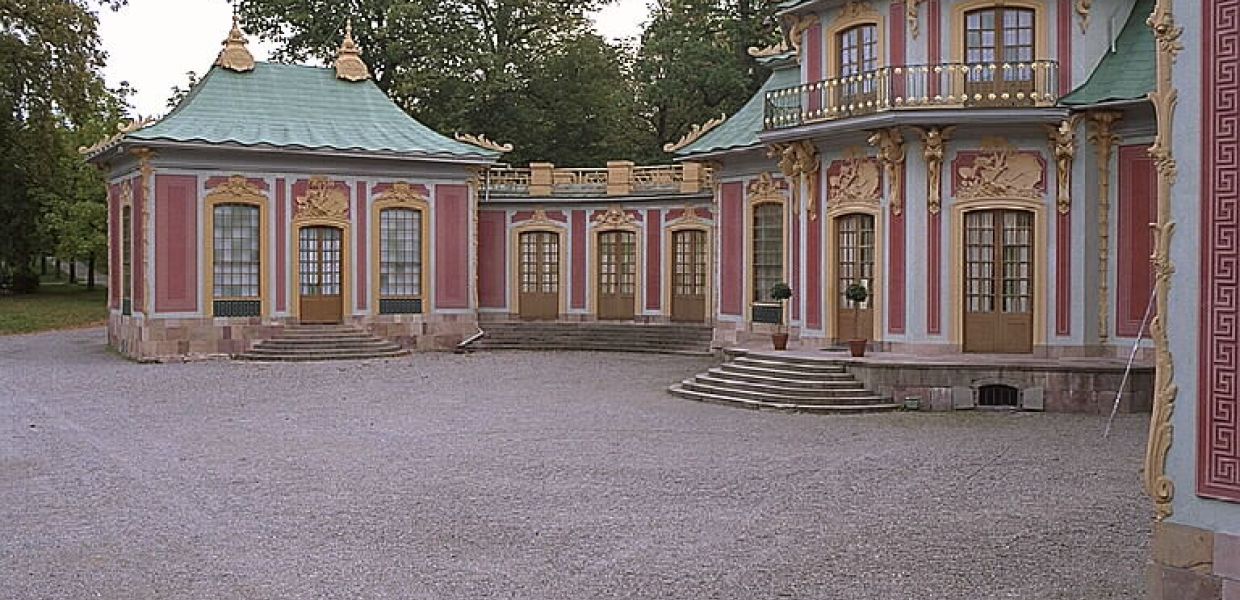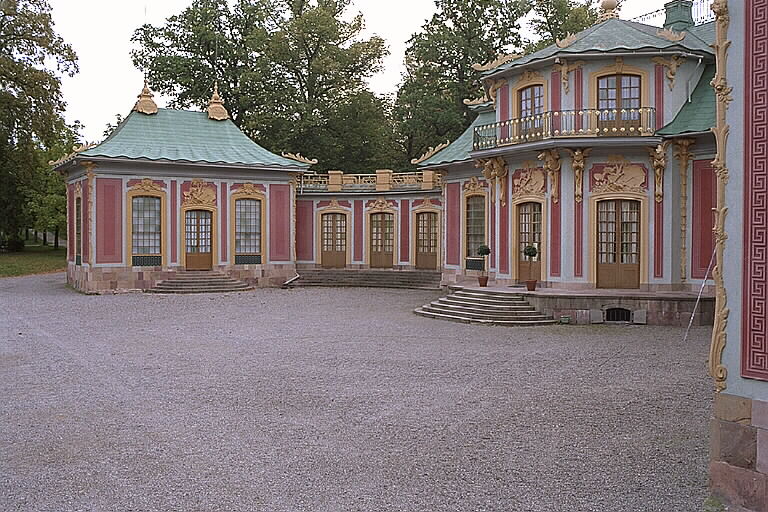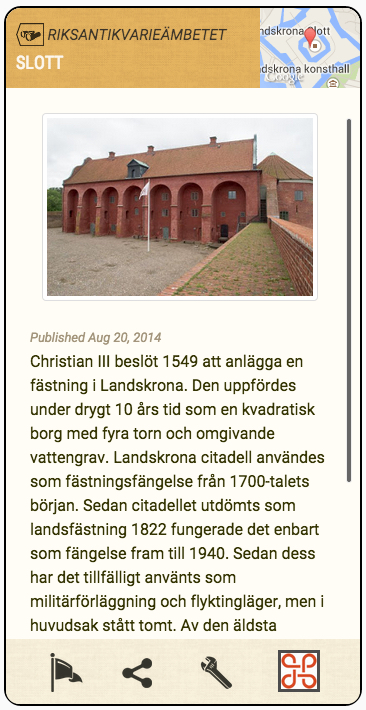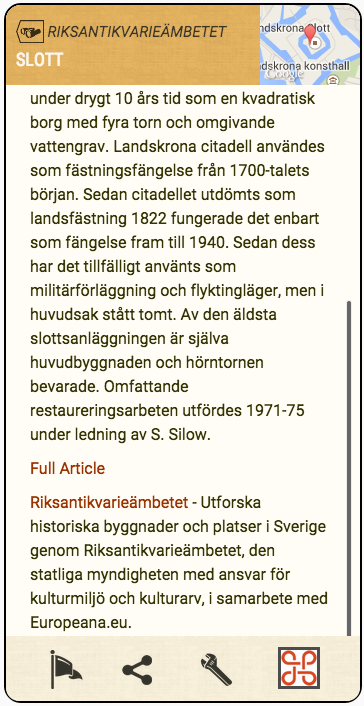Promoting Sweden in Google's Field Trip: a guest blog by the Swedish National Heritage Board

By Maria Logothetis, Swedish National Heritage Board.
Following on from last week’s blog by Poland’s National Heritage Board, here is a guest blog by the Swedish National Heritage board explaining why they joined Europeana's pilot project with Google’s Niantic Labs to add cultural heritage data to Google’s Field Trip app.
Through our national aggregator, SOCH, the Swedish National Heritage Board is one of the largest suppliers of free cultural heritage data to the Europeana platform. Our mission is to play a proactive and coordinating role in promoting heritage and ensure that the historic environment is preserved as effectively as possible. We also take part in Europeana’s best practice network through several strategic development projects. We are helping, for instance, to work towards the long term development of Europeana's infrastructure, and are collaborating on the creation of frameworks and standards for increased data quality for easy access and use.

A highlight from the Swedish dataset: Kina Slott, Chinese Pavilion, Stockholm. Swedish National Heritage Board CC-BY SA.
We are also looking for ways to connect cultural heritage data to tourism, and exploring criteria for content to be ‘fit for purpose’, and have the potential to support the tourism sector. For Google’s Field trip pilot project with Europeana and Google’s Niantic Labs, we continued this exploration of ways to give people access to cultural heritage that is as usable as possible, contains good quality data and is enriched with context.
What is considered good quality data, ‘fit for purpose’? Well, that could be summarised as the following: it includes geo-coordinates, openly licensed high resolution photos and rich metadata (i.e. using stories or narrative texts, not just facts).
With Europeana, we handpicked a selection of historic places and buildings for Google’s Field Trip app that not only met the criteria for good quality data, but are also easily accessible for visitors and have obvious appeal for tourists. The pilot highlights the importance of providing both high resolution images with open licenses and good metadata. While our databases contain millions of objects, improving the quality of the data and making it ‘fit for purpose’ is still very much a work in progress - something that applies to cultural institutions as a group more generally.


A taster of the Swedish dataset in Google's Field Trip.
We think Google’s Field trip app is a fun and effective way to share and engage people with cultural heritage, with the app reaching over a million users globally to date. While several apps and web services already use cultural heritage data from SwNHB’s databases, we are delighted that we are now contributors to an app focused on tourists for the first time.
What’s more, it’s also a beneficial partnership: networks help us find partners in other sectors such as commercial and creative businesses and offer the potential for future collaborative projects in the cultural sector. For us, the bottom line is to try to support and stimulate the widest possible use and re-use of digitised cultural heritage. Joining Google’s Field Trip provides an important step forward in that journey.
You can see our dataset on Europeana's portal here, or download Field Trip and explore our content on your next visit to Sweden!
